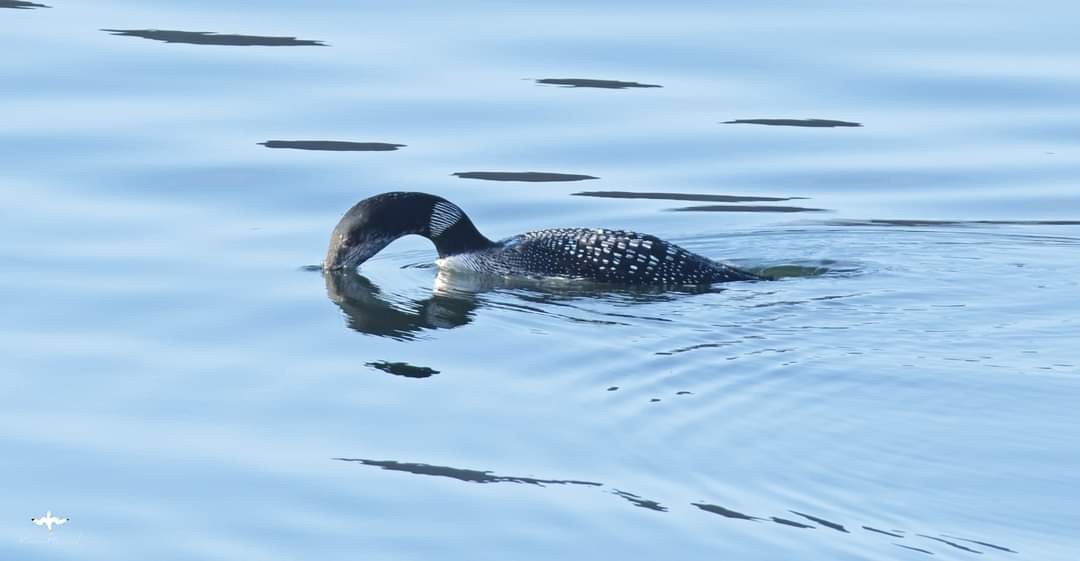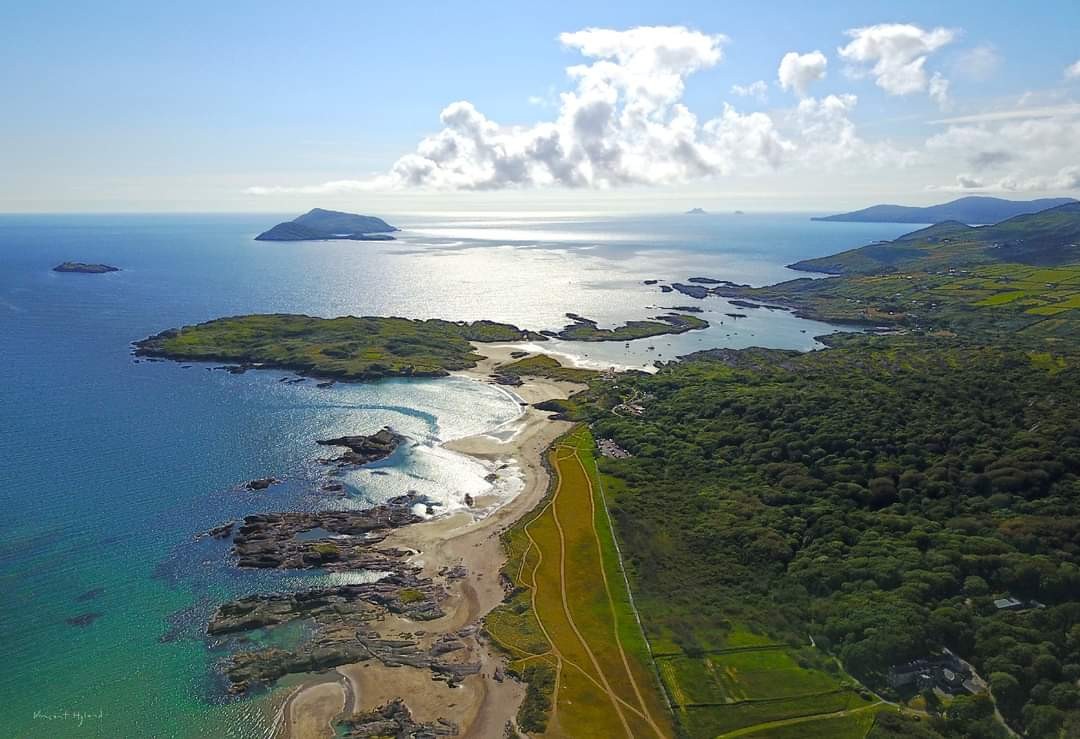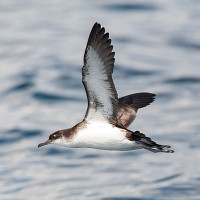Description
The coastal habitats of Derrynane attract many birds. This beautiful subtropical location is warmed by the gulf stream. Along its Atlantic shores you can see Northern Gannet, Atlantic Puffin, Northern Fulmar, Manx Shearwater, European Storm Petrel, Common Guillemot, Black Guillemot, Kittiwake, Common Tern, Arctic Tern, Sandwich Tern, Great Cormorant Barn Owl and European Shag. In winter you can see Great Northern Diver, Common Teal, Common Sandpiper, Eurasian Curlew, Mallard, Whooper Swan and Little Egret. In the woodlands and along small rivers you can see Sedge Warbler, Grasshopper Warbler, Eurasian Treecreeper, Blackcap, Common Chiffchaff, Common Kingfisher and Eurasian Jay. In the sand dunes you can see Eurasian Skylark, Rock Pipit and Meadow Pipit. There are many more species to see including some rare migrants such as Golden Oriole.
Details
Access
Driving to 4 carparks within Derrynane and getting out to walk the Derrynane Seashore Nature Trail and onto beaches, the Old Butter Road through the woodlands and along the Mass Path to explore the coast and out to Abbey Island and Lambs Head to explore the coast. Boat trips to see marine bird species and the possibility to go to the World Heritage Skellig Rocks to see Atlantic Puffin and Northern Gannet nesting. The route that is shown on the map is 6,2 km.





